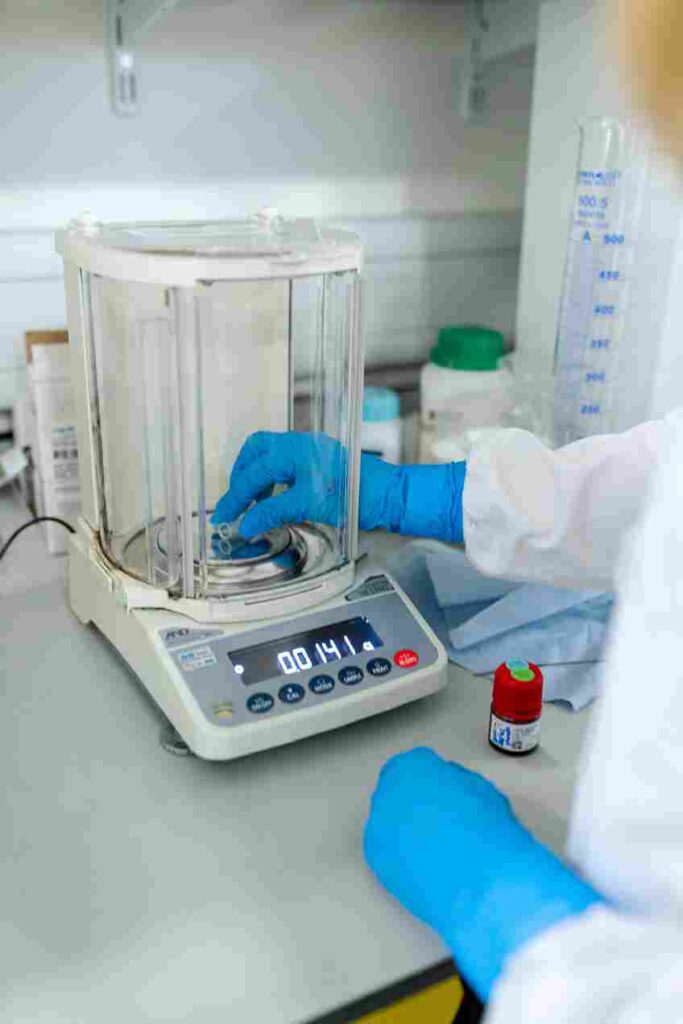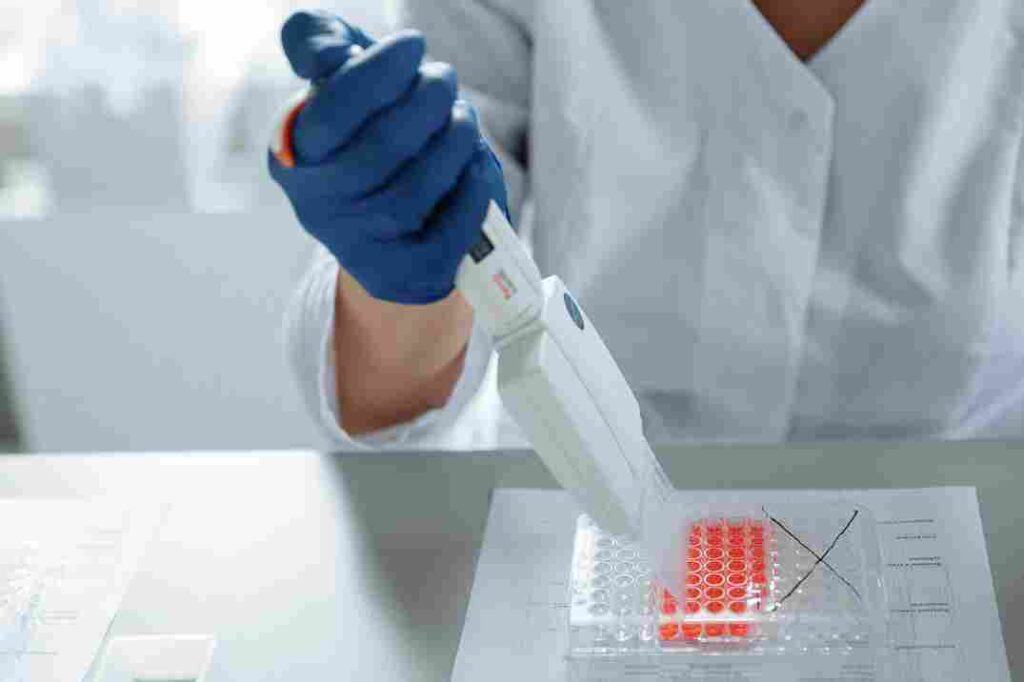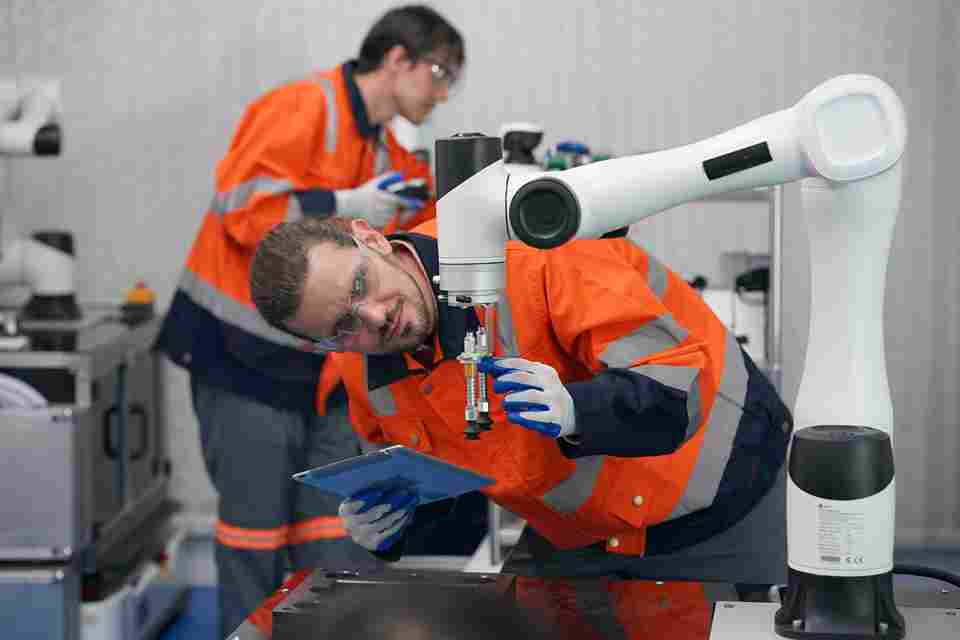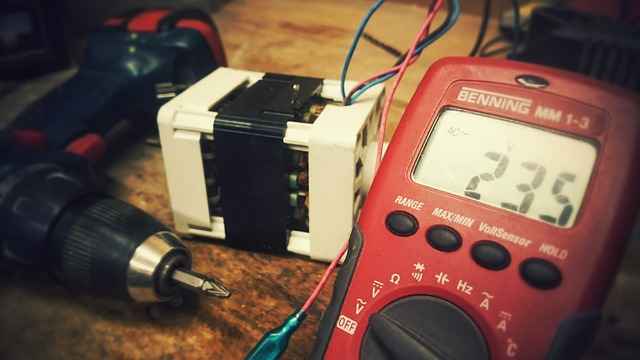The Essential Guide to Precision Calibration
Why Calibration is Non-Negotiable
Calibration isn’t just technical jargon—it’s the invisible shield against:
- Life-threatening errors (e.g., misdiagnosed lab tests from uncalibrated equipment)
- Costly waste (e.g., $50k scrap metal batches due to 1mm measurement drift)
- Legal nightmares (FDA/ISO fines for non-compliance)
Would you trust a scale that’s never been calibrated? Your customers don’t either.
Breaking Down Calibrate: Key Terms
1. NIST Traceability
The gold standard for calibration, ensuring measurements link back to international references.
2. Tolerance Limits
The ±% error allowed (e.g., ±1% for industrial sensors, ±0.5% for medical devices).
3. As-Found vs As-Left Data
- As-found: Device accuracy before adjustment
- As-left: Device accuracy after calibration
3 Calibration Myths Debunked

Only scientists need to calibrate! → Truth: Your bathroom scale needs it too.
Calibration lasts forever! → Truth: Recalibrate monthly (labs) or annually (office gear).
All tools can calibrate! → Truth: Only certified references (e.g., NIST weights) count.
Key Takeaways
- What does calibrate mean? Adjusting devices to match trusted standards.
- Who needs it? Labs, factories, hospitals—even home users.
- First step? Use built-in software (like Windows Color Management for monitors).
How Calibration Works: A Step-by-Step Guide to Precision
Essential Tools for Accurate Calibration
To calibrate like a pro, you need:
- Primary Standards: NIST-traceable weights, reference sensors
- Measuring Instruments: Certified multimeters, thermal probes
- Software: Manufacturer-specific calibration programs
Using uncertified tools? Your calibration is just a guess!
The 5-Step Calibration Process
1. Pre-Calibration Preparation
- Warm up devices for 30 mins (stabilizes components)
- Record as-found data (critical for audits)
2. Reference Standard Application
- Test minimum 3 points (e.g., 25%, 50%, 100% of range)
3. Measurement & Adjustment
- Compare device output vs. reference
- Adjust via software/hardware until within tolerance limits
Pro Tips for Flawless Execution
The 24-Hour Rule: Calibrate 24h after device relocation (temperature stabilization)
3×5 Validation: Test 3 samples, 5 times each for statistical confidence
Key Takeaways
- How long does calibration take? 30 mins (basic) to 4 hrs (high-precision).
- Can I skip steps? Never – each ensures traceability.
- Who performs it? Trained technicians or accredited labs.
Calibration in Industry: Medical, Automotive & Lab Applications
Life-or-Death Calibration: Medical Field
1. Blood Pressure Monitors
- Standard: ±2mmHg error max (FDA requirement)
- Risk: Uncalibrated units → 15% misdiagnosis rate
2. Lab Analyzers
- Case Study: A 0.1pH drift in lab equipment → 500+ incorrect cancer test results
Automotive Calibration: Beyond Just Cars

1. Emission Testing Sensors
- Consequence: Faulty sensors = $40k EPA fines per incident
2. ADAS Systems
- Lidar Calibration: Requires <0.5° angle precision
Troubleshooting Common Fails
1. My Calibration Won’t Save!
- Fix: Run software as admin + disable Night Light
2. Readings Drift Daily
- Root Cause: Temperature fluctuations → Require climate-controlled lab
Pro Maintenance Cheat Sheet
| Industry | Recalibration Frequency | Critical Check |
|---|---|---|
| Medical Devices | Every 3-6 months | Blood pressure cuff seals |
| Automotive Sensors | Quarterly | Exhaust gas analyzer drift |
| Research Labs | Monthly | Microscope stage calibration |
FAQ Schema Goldmine
Q: Can I calibrate my smartphone sensors?
A: No – consumer devices lack reference standards.
Q: What’s the most overlooked calibration tool?
A: A proper logbook! 70% of labs fail audits due to missing docs.


